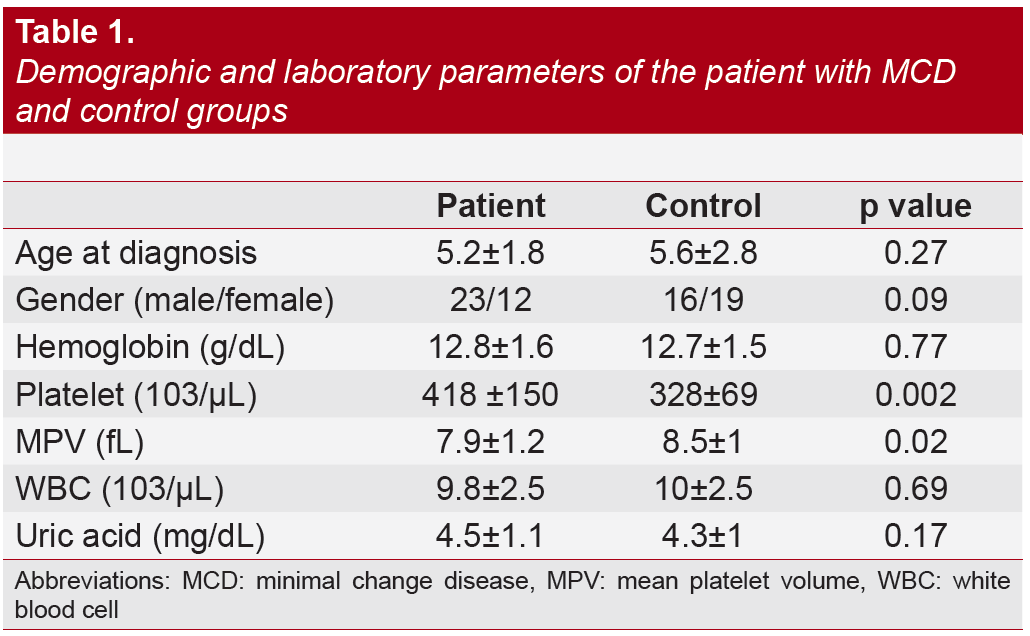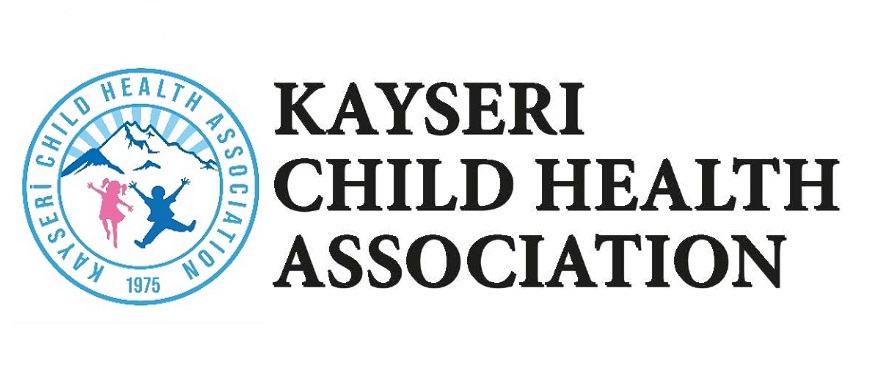Predictive Parameters of Steroid Dependency in Minimal Change Disease
Steroid Dependency in Minimal Change Disease
DOI:
https://doi.org/10.51271/jpea-2022-185Keywords:
children, minimal change disease, nephrotic syndrome, steroid dependencyAbstract
The most common type of nephrotic syndrome in children is minimal change disease (MCD), which is usually responsive to steroid therapy. Steroid dependency is one of the handicaps in the management of these children. Thus, the early prediction of the disease course may improve treatment strategy. Demographic characteristics and laboratory parameters of 35 patients at the time of MCD diagnosis were retrospectively obtained from the hospital records. There were 23 (65%) patients with steroid sensitive (SSNS) and 12 (35%) with steroid dependent nephrotic syndrome (SDNS). There was a significant difference between the patients with SSNS and SDNS in terms of age at diagnosis, remission time, and mean values of platelet volume, low density lipoprotein cholesterol, uric acid, urine protein-to-creatinine ratio, total cholesterol and creatinine (p = 0.003, p < 0.001, p = 0.013, p = 0.006, p = 0.036, p = 0.02, p = 0.003, and p = 0.034, respectively). The prediction of early markers of steroid dependency can reduce the side effects of steroids and facilitate the use of appropriate drugs.

Downloads
Published
How to Cite
Issue
Section
License
Copyright (c) 2022 The Journal of Pediatric Academy

This work is licensed under a Creative Commons Attribution-NonCommercial-NoDerivatives 4.0 International License.








